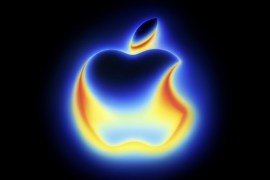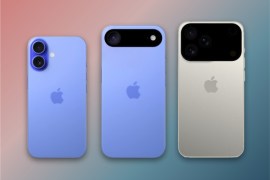Going hands-on with the Huawei Mate 20
Not quite as Pro as its Mate, but second place ain't bad
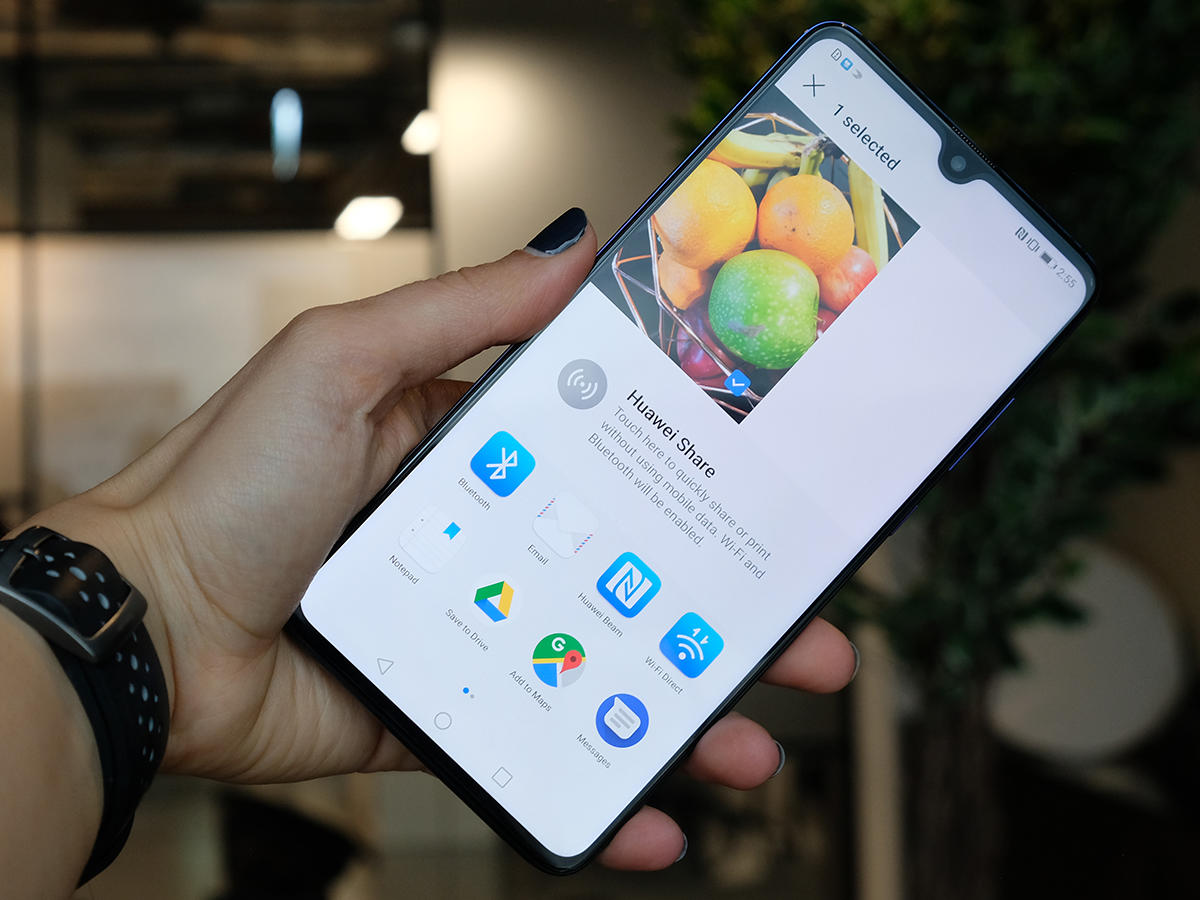
A CLOSE SECOND?
If the price of the Mate 20 Pro makes you shrink like a slug sprinkled with salt, the Huawei Mate 20 is the phone to give a close look. It’s cheaper, a bit less luxurious in spots, but still gets you the same amazing bug-eyed 3-camera array on the on the back as the Mate 20 Pro. A teardrop notch also makes the Mate 20 even more recognisable than its big brother. Expect to see more funny little notches like this soon.
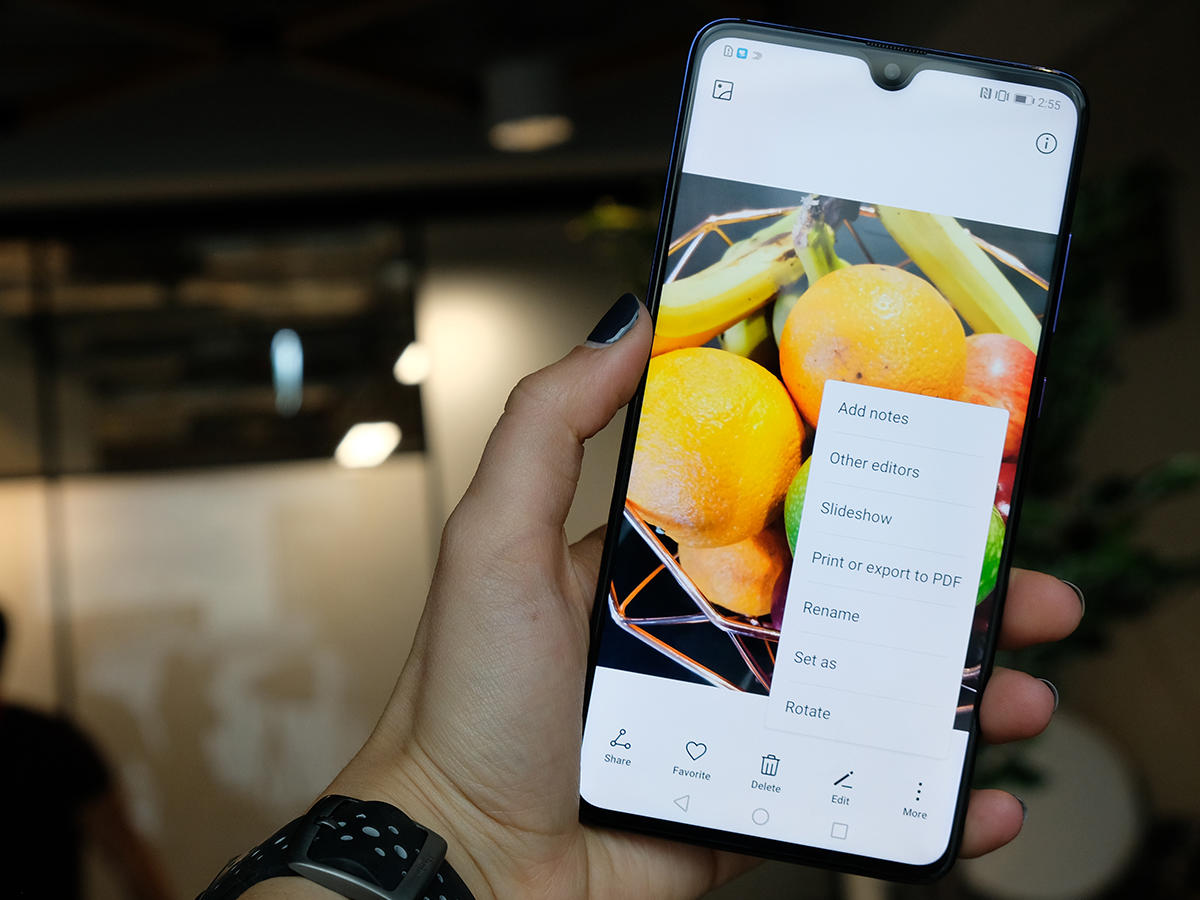
DISCO-TECH DESIGN
Pick up a Mate 20 Pro and a Mate 20 and your first reaction will be: these are totally different phones. Their shapes, the density of the things and the screen tech all vary. Some parts are similar, though. The Mate 20 has a glass back and aluminium sides, a style so common it barely even guarantees a phone costs more than £100 these days. Huawei always likes to stick out, though. You can get the Mate 20 with a standard glossy finish, or one with micro lines etched in to the glass on the back. Huawei calls it the “hyper optical pattern”. Having played with both, this unusual texture does make the back feel a little less like glass, a little less expensive. However, it also less likely to instantly slide down any surface with a gradient greater than one degree.
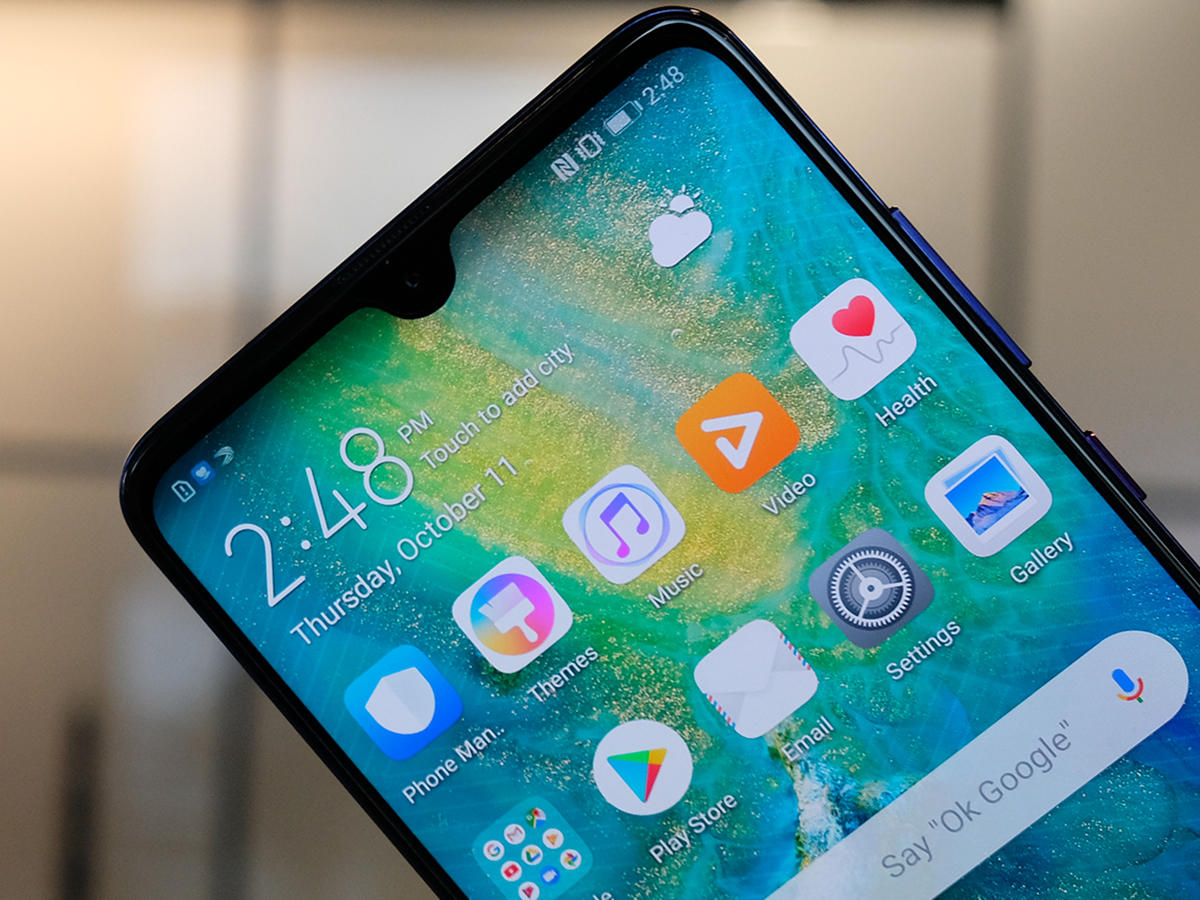
PIXEL IMPERFECTIONS
The display is one of the only areas where we spotted a little issue worth squinting at for longer than a second or two. The Huawei Mate 20 has a 6.53-inch screen. It’s big, bright and bold. No complaints there. However, to make the screen extra-bright Huawei has used an RGBW LCD screen. This has an extra white sub-pixel in each pixel, to ramp up backlight power. It does a bit of a number on the display’s perceived sharpness. The Mate 20 isn’t a pixellated mess, but you can tell it’s not nearly as sharp as a Mate 20 Pro. That extra white pixel reduces the regularity of the pixel structure, so it looks less clean, less pristine than a normal RGB screen.
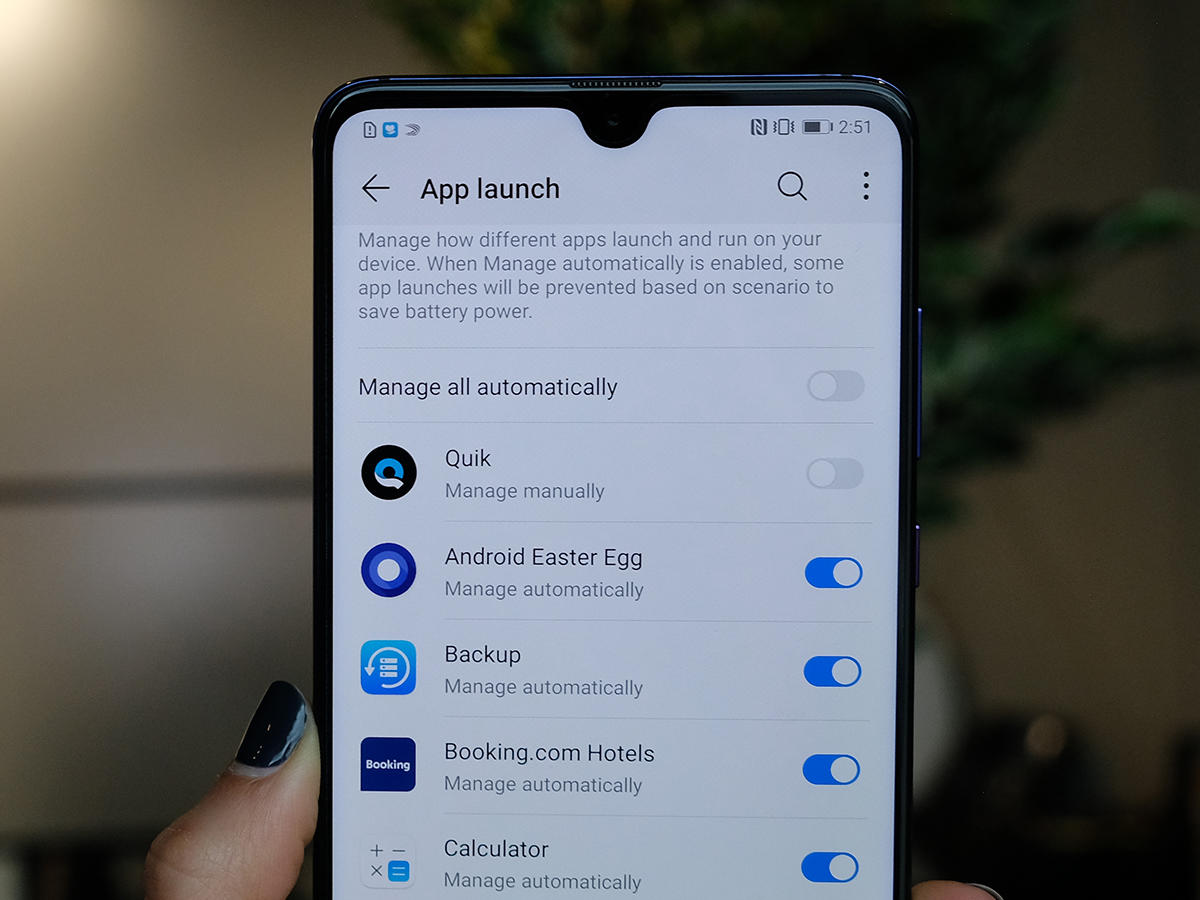
POWER TRIPPIN’
The Mate 20 is, along with the Mate 20 Pro, the first phone to use EMUI 9.0. It’s the latest generation of Huawei’s custom Android UI. EMUI has caught more flak than any other custom interface, and this version continues to try to win more of us over. Even Huawei’s assistant vice president of software marketing says EMUI is “a challenging topic… some people love it, some people don’t.” It doesn’t look all that different to the last version on the surface, but Huawei has tried to cut back one some of the bulk. Parts of the Settings menu have been merged to make it feel less like you’ll reach Narnia if you dig deep enough.
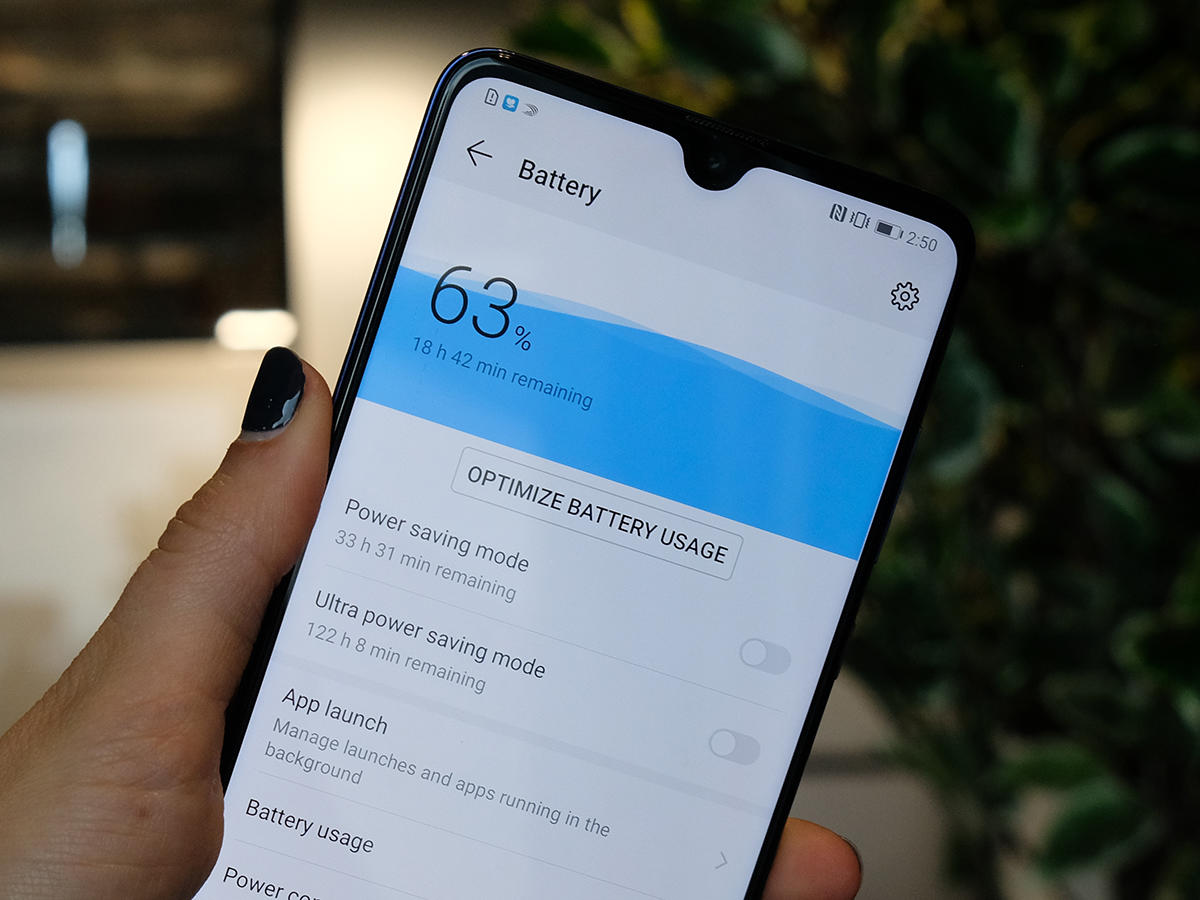
FEELIN’ FAST
As usual, you have a choice of a “no app screen” look or the Android standard style, with a long vertical scroll. From a quick play, it feels fast. It should do. The Mate 10 uses Huawei’s latest Kirin 980 CPU, an octa-core with the same ultra-advanced 7nm architecture as an iPhone XS. It has four Cortex-A76 power cores and four Cortex-A55s for day-to-day coasting. This may be enough to make it one the most powerful Android phones of 2018. We’ll give it a full road test in our review.
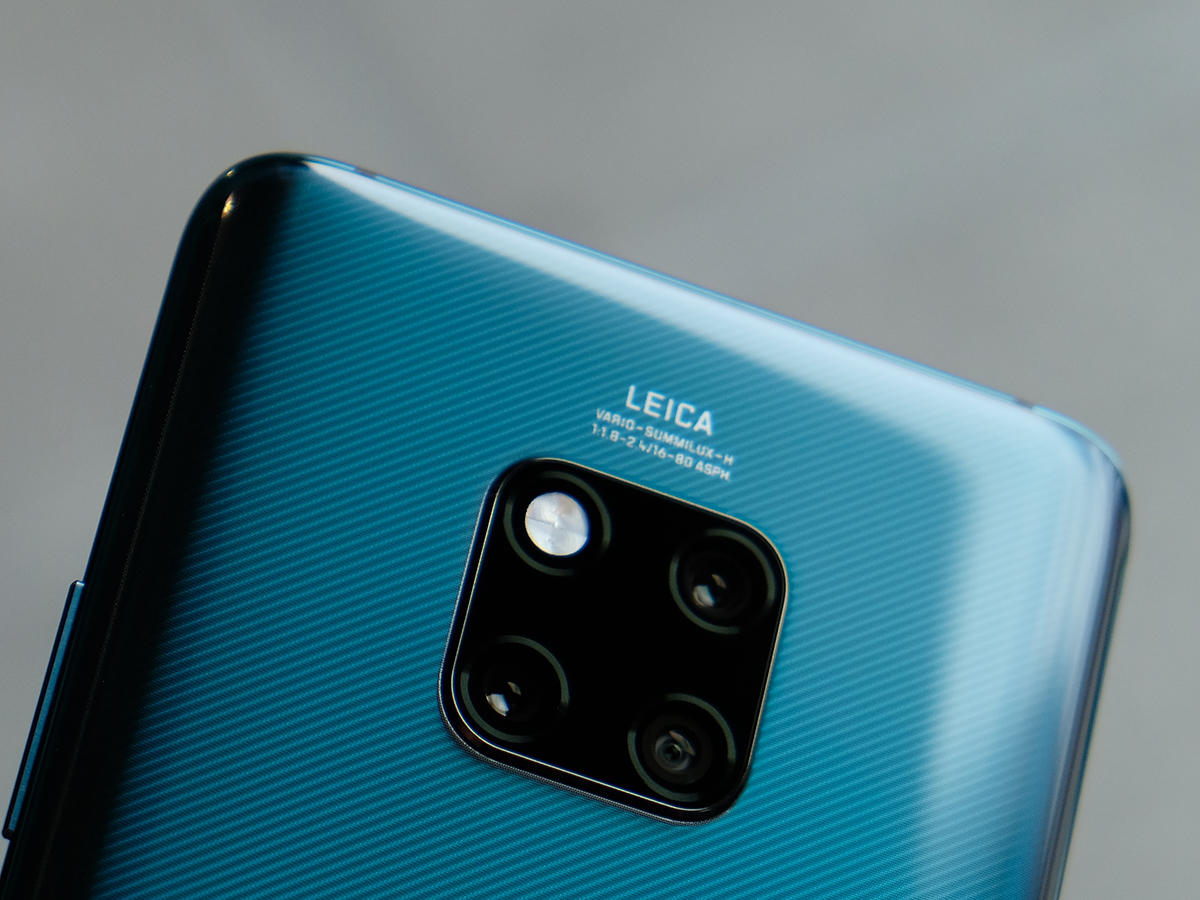
THRICE AS NICE
The CPU is just a nice extra, not the main event, if you ask us. This phone’s main draw is the camera. There are three sensors on the back, with a ridiculous glut of megapixels and even greater flexibility than the Huawei P20 Pro. Our main sensor has an f/1.8 lens and 16MP, for decent enough photos in daylight. Hopefully. Not quite the whopping 40MP you get with the Mate 20 Pro, but good enough. The other two give you totally different views of a scene. There’s a 12MP ultra-wide camera and an 8MP 3x zoom with optical image stabilisation. That OIS is important, as the zoomed-in view magnifies any hand judder.
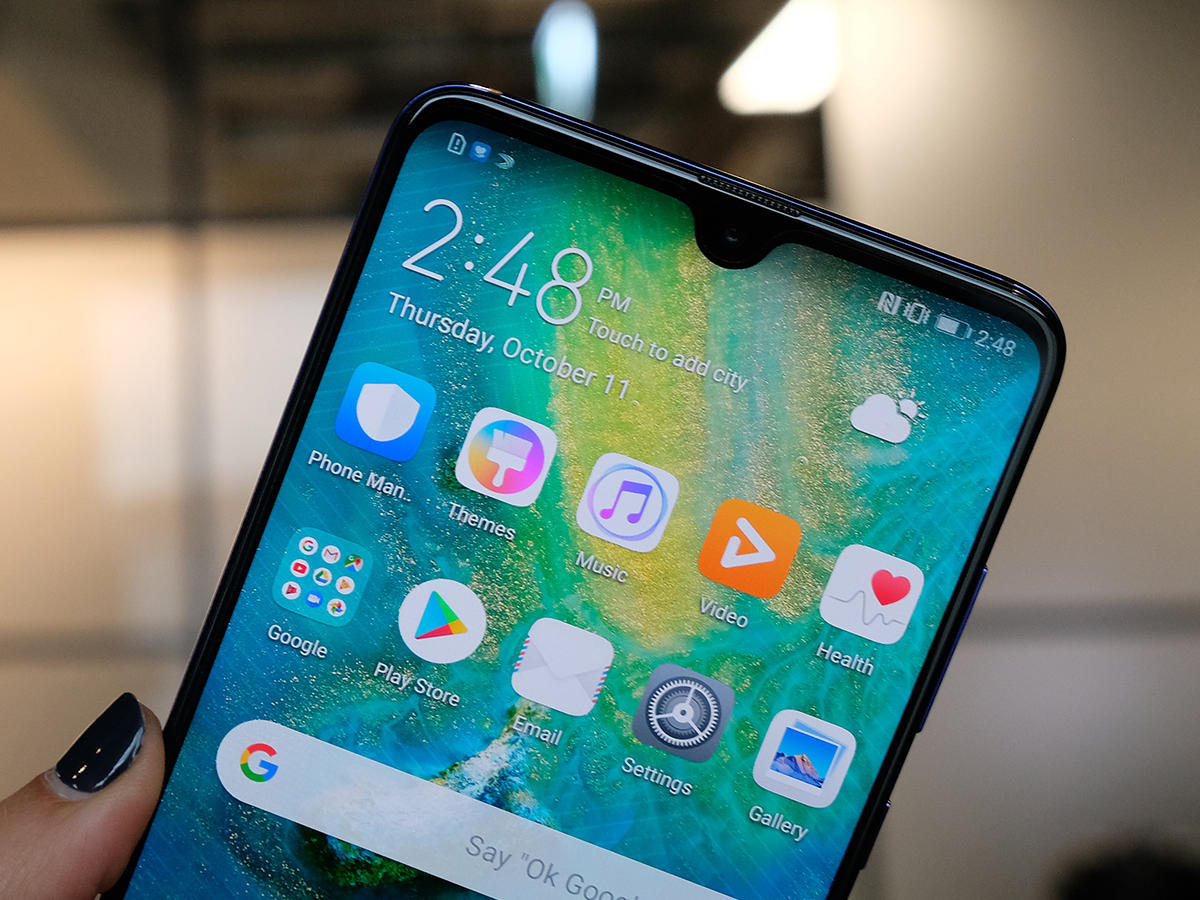
TAKING THE SHOT
We’ve only taken the Mate 20 camera for a quick spin, but early impressions are good. Switching between the lenses is easy, the ultra-wide lets you take dramatic-looking macro images, as well as landscape wides, and there’s no obvious lag. The zoom and regular view capture 10MP images as standard, but you should be able to switch to the full-fate 16MP in the Settings menu. Revert to the wide and you get 12MP shots. Whether the Mate 20 retains, or beats, the quality of the “AI assisted” low-light mode in the P20 Pro is what we really want to know, though, but we’ll take the Mate 20 for a proper spin to see if this is true.
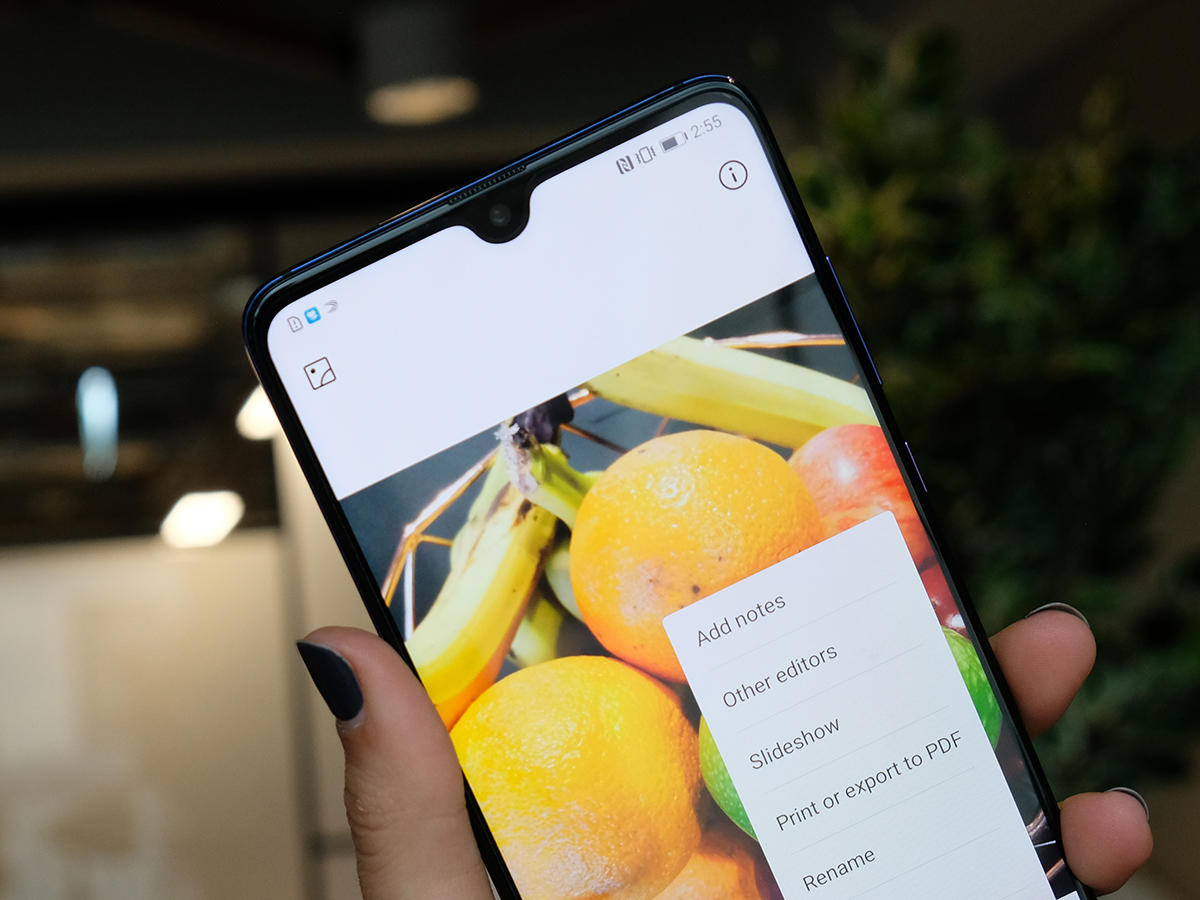
SUPER TROOPER
Camera quality is one of the main lures here. The battery is at Huawei’s usual solid level. You get a 4000mAh cell, just like the Huawei P20 Pro. It should hopefully sail through a day’s use without any problem. Huawei says the charger gets it from zero to 58 per cent charge in a half-hour. However, we do miss out on one of the most unusual features of the Mate 20 Pro here. It can wirelessly charge another Qi-compatible phone just by holding them back-to-back. The Mate 20 can’t. But let’s be honest: how often would you use that anyway?
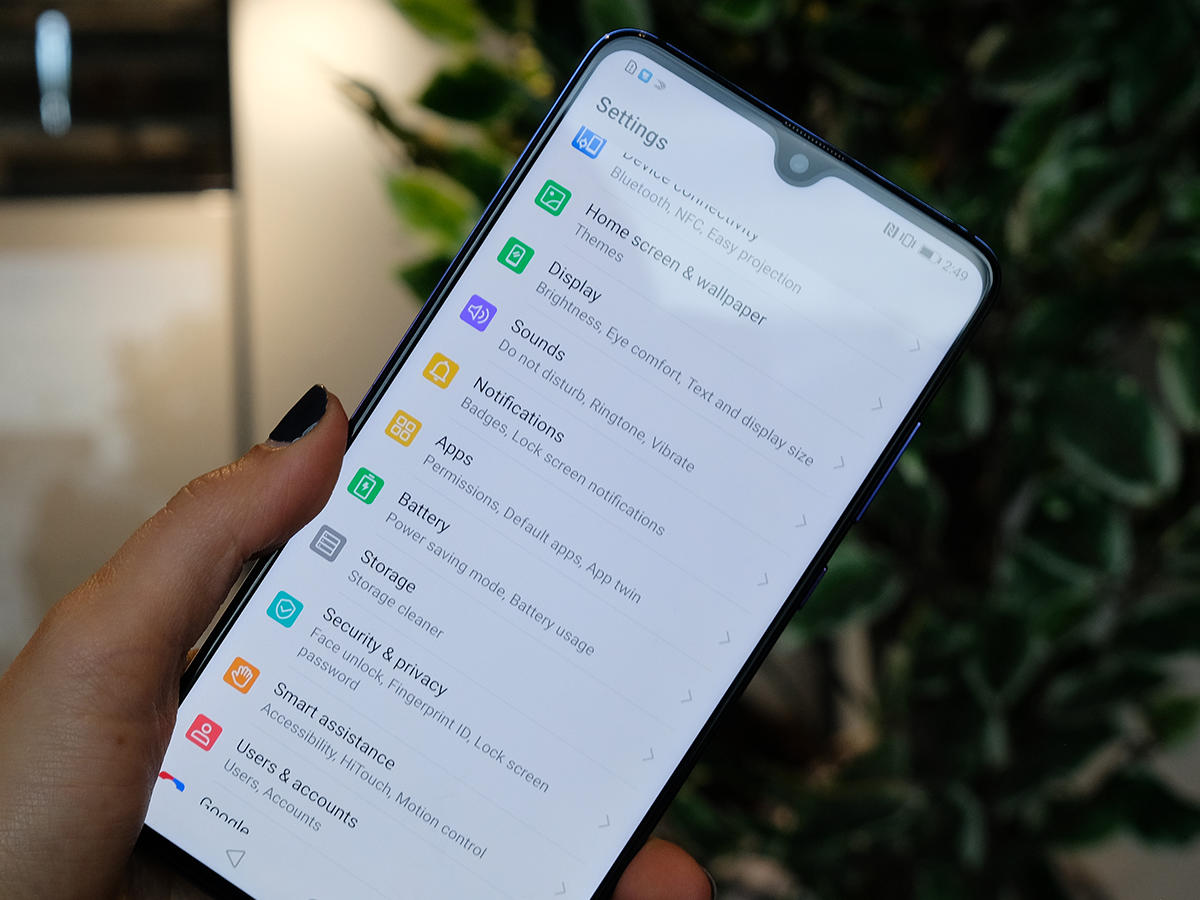
HUAWEI MATE 20 EARLY VERDICT
The Huawei Mate 20 camera is the main appeal. A 3x zoom plus a wide and a super-high resolution standard camera makes this one of the most flexible setups at any price. It also plays the classic “me first” Huawei game, arriving with a next-gen CPU before any of its Android rivals. Would we rather have a Mate 20 Pro? Of course, particularly as the Mate 20 doesn’t have the cleanest-looking screen in its class. However, this still has the potential to be a critical smash.
